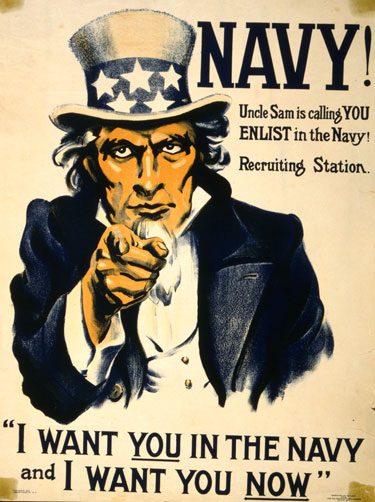As a kind of visual shorthand, artists look for creative ways to personify nation states. Great Britain’s Britannia has an American equivalent in Columbia. The usually pudgy, clean-shaven John Bull might be paired with Uncle Sam, tall and lean with goatee. While the histories of these icons often take murky twists and turns, Uncle Sam may have roots in the War of 1812. Let’s explore.

Library of Congress, Prints and Photographs Division
Columbia originated in Great Britain well before the American Revolution and retained some popularity until largely supplanted by Lady Liberty toward the end of the 1800s.
Similarly, two male characters vied for iconic superiority. During the American Revolution, loyalists derisively referred to a patriot as Brother Jonathan. Johnny survived beyond the Civil War, but the tide gradually turned in favor of a new character, Uncle Sam.
Most agree that Uncle Sam acquired his familiar appearance thanks to drawings by cartoonist Thomas Nast and a World War I recruitment poster designed by James Montgomery Flagg. The name of Uncle Sam, however, presents more of a historical puzzle.
Some say that the name can be traced to a meat-packer from Troy, New York, named Sam Wilson. During the War of 1812, Wilson supplied beef to the army in barrels branded with the initials “U.S.” Over time, the “U.S.” became synonymous with “property of Uncle Sam.”
In September 1961, the US Congress threw historical caution to the wind and saluted Sam Wilson as “the progenitor of America’s national symbol of Uncle Sam.”
Last updated: May 24, 2016
